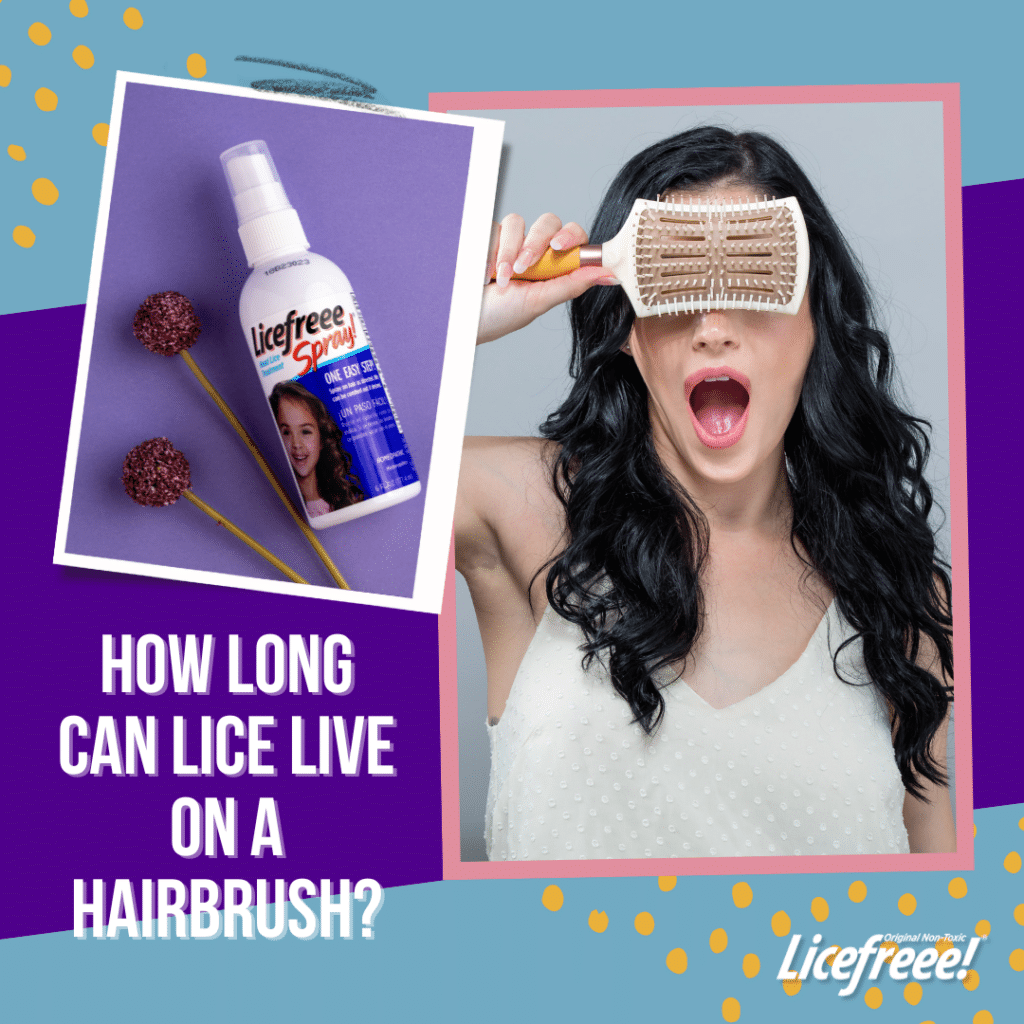
Lice infestations can be a source of frustration and discomfort, especially when it comes to managing their presence on personal items like hairbrushes. Understanding how long lice can survive on a hairbrush is crucial for effective prevention and treatment. In this guide, we'll explore the lifespan of lice, preventive measures, cleaning techniques for hairbrushes, and steps to take if you encounter lice.
The lifespan of lice depends on various factors, including environmental conditions and access to a host for feeding. On average, adult lice can live for approximately 30 days on a human host. During this time, female lice can lay eggs, known as nits, near the scalp, further perpetuating the infestation. Nits typically take around 7-10 days to hatch, and the newly hatched nymphs go through several molting stages before reaching adulthood. This entire life cycle can take approximately 2-3 weeks to complete. On a hairbrush, lice can live up to two days, and nits, up to one week.
Preventing lice infestations requires proactive measures to minimize the risk of exposure. Here are some tips to help prevent lice:
Cleaning your hairbrush regularly is essential for maintaining good hygiene and preventing the spread of lice. As a general rule of thumb, aim to clean your hairbrush at least once a week, especially if you have been in close contact with someone who has lice or if you suspect an infestation. Additionally, consider cleaning your hairbrush more frequently during lice outbreaks or if you notice any signs of lice or nits on the brush.
Cleaning your hairbrush is a simple process that can help remove any lice or nits that may be present. Here's how to clean your hairbrush effectively:
Replacing your hairbrush regularly is important for maintaining good hygiene and preventing the buildup of bacteria, dirt, and debris. As a general guideline, it's recommended to replace your hairbrush every 6 to 12 months, depending on the condition of the brush and how frequently you use it.
If you notice signs of wear and tear, such as broken or bent bristles, or if the brush becomes difficult to clean despite regular maintenance, it may be time to invest in a new one.
Additionally, if you've had a lice infestation or other contagious scalp condition, it's crucial to replace your hairbrush to prevent reinfestation or transmission. Regularly inspecting your hairbrush and replacing it as needed will help ensure optimal hair health and hygiene.
If you suspect you have lice, it's essential to take prompt action to prevent the infestation from spreading. Here's what to do if you get lice:
Treating lice effectively requires a comprehensive approach to eliminate both the adult lice and their eggs. Here are some steps to treat lice:
In conclusion, understanding how long lice can live on a hairbrush is essential for maintaining good hygiene and preventing the spread of infestations. By following proper cleaning techniques for your hairbrush and implementing preventive measures, you can reduce the risk of lice infestations and keep your hair and scalp healthy. With products like Licefreee Spray, you can take proactive steps to prevent lice infestations and enjoy peace of mind knowing your hairbrush is clean and lice-free.